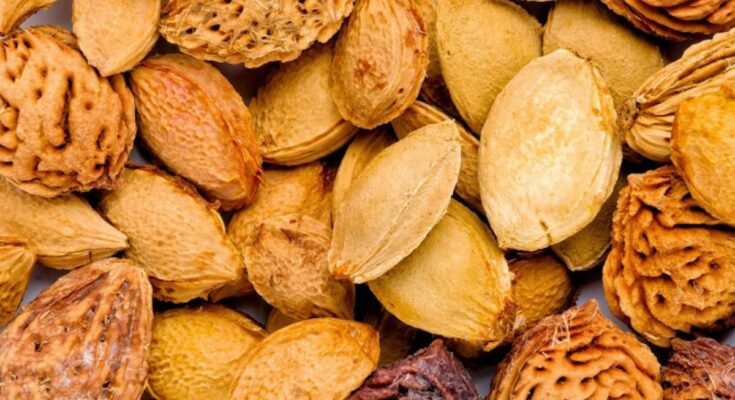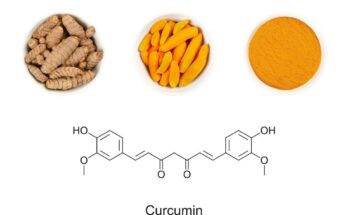Not sure what to do with the leftovers of your summer fruits once you’ve devoured their flesh? Here are three tips for recycling them that might surprise you!
This summer, the consumption of seasonal fruits and vegetables in Europe dropped drastically due to rainy weather. According to the Interfel association, apricots, tomatoes and even melons have seen their average retail price in large and medium-sized stores drop between 10% and 30%. But the heat wave that has been hitting Europe for the past few days could well change the situation and give pride of place to watermelons, nectarines and other refreshing fruits that we like to taste during the summer. But don’t throw away their peels and pits too quickly. Far from being useless, these parts can be recycled… and not just in the kitchen!
Melon and watermelon: effective after-sun lotions
As surprising as it may seem, melon peels can work wonders on your sunburn. Mainly composed of water and vitamins A, melon is very effective in moisturizing the skin and relieving it in case of burns caused by the sun. To benefit from the virtues of this 100% natural after-sun lotion, simply recover the peel of the fruit, then cut it into small pieces before applying it (flesh side) for a few minutes on the sunburn. The trick also works with watermelon skin.
Apricot, plum, peach, cherry or nectarine: to drain the plants
To relieve plants of excess water, it is often recommended to place clay balls at the bottom of the pot in which they grow. But the remains of your summer desserts can also fulfill this mission very well. Yes, fruit pits such as those from apricots, cherries or nectarines are good options to ensure that the water will be properly drained from the soil, thus preventing the roots of your plants from rotting. They therefore perform the same function as clay balls. To avoid contaminating the plant, it is advisable to remove the flesh and thoroughly disinfect the stones (for example by boiling them with a little salt and alcohol vinegar) before slipping them into the pot.
NO to diets, YES to WW!
Carrot, avocado and grape: to give a natural color to your textiles
Whether you want to dye a t-shirt white or add a little colorful fantasy to your curtains, know that some fruits and vegetables are dye plants, that is to say they naturally produce pigments . Making your dye from one or more of these plants therefore represents a natural and economical alternative to chemical products intended to color our textiles. To obtain green, we will take for example avocado peels or carrot tops, while we will favor black grape skins for a red hue or yellow onion peels if we want an orange color. The “recipe” couldn’t be simpler: we macerate the laundry (washed and boiled in a saucepan beforehand) in colored water obtained thanks to dyeing plants. The maceration time can take several hours, depending on the intensity of the color you want to give your textile.




